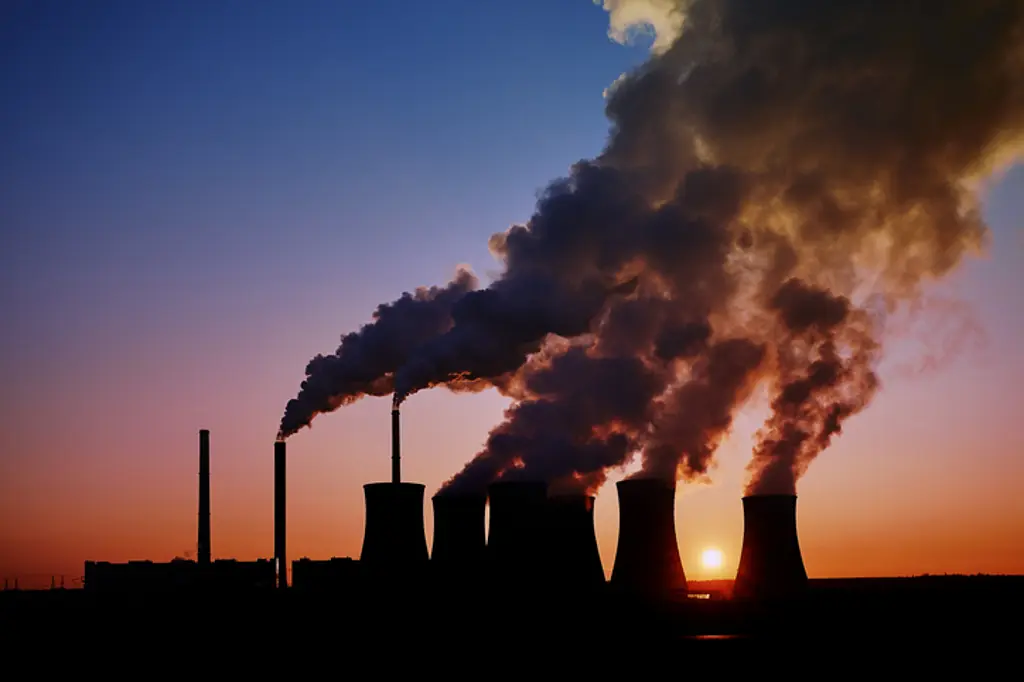
Why is methane such a critical climate issue?
Methane is a potent greenhouse gas (GHG) responsible for around 30% of the historical temperature rise we have experienced since the industrial revolution. Once emitted, it resides in the atmosphere for only about 12 years, far shorter than the thousands of years carbon dioxide (CO2) remains airborne, but methane traps far more heat while in the atmosphere. As a result, methane’s global warming potential (GWP) is over 80 times that of CO2 over a 20-year period. Therefore, the temperature benefits of reducing methane will be felt more quickly than for CO2, offering one of our best opportunities for slowing warming through mid-century.
As of 2020, methane emissions comprised about 11% of total US GHG emissions and about 16% of global GHG emissions. By EPA’s latest estimates, first used in its’ proposed performance standards for the oil and gas sector, a metric ton of methane emitted in 2023 is estimated to cost global society $1,600 in climate damages from premature deaths, impairments to health and productivity, property losses, and other impacts.

How have methane emissions changed over time?
An EPA analysis, supported by RTI, showed that global annual methane emissions rose 19% over the period 1990-2015. Global energy-related methane emissions have held steady in recent years despite declines in the US. The energy system remains the largest source of methane emissions in the US, though trends suggest agriculture may soon overtake it (Figure 1) and agriculture is the largest source of global non-CO2 emissions at 48%. Waste and land use, land use change, and forestry (primarily associated with wetlands, reservoirs, and other flooded lands) are also significant methane emitters included in the US emissions inventory.
A positive outlook for methane emissions.
US methane emissions have been declining over time and the Inflation Reduction Act is expected to help hasten that trend by reducing natural gas demand in the electric power sector and by implementing a “waste emissions charge” that is expected to reduce methane emissions in parts of the oil and gas sector. Preliminary modeling and analysis of these programs by RTI economists suggests these reductions could put a substantial dent in US methane emissions from the energy sector in the coming decade and proposed EPA GHG standards for the electricity sector could further reduce natural gas demand in the 2030s. In addition, there are currently over 530 operational landfill gas energy projects in the US turning landfill methane into energy. There has also been considerable momentum in collection and upgrading of biogas from landfills, livestock manure management, and other biogenic sources to produce renewable natural gas.
While historical trends and regulatory action may be less promising globally, there is momentum gathering to tackle methane emissions including the Global Methane Pledge, launched at COP26 and led by the US and EU, which includes 150 country signatories and 30 NGOs, IGOs, and philanthropies pledging to contribute towards the ambitious goal of reducing global methane emissions to 30% below 2020 levels by 2030.
Why is agriculture a methane mitigation priority?
Phasing out fossil fuel use alone won’t adequately address the methane challenge, however, because some of our largest methane emissions sources aren’t related to fossil fuel production. Agriculture and waste sectors release methane from anaerobic processes. There are several reasons why agriculture is a key focal point for mitigation efforts. Agriculture is:
- the only major sector with clearly increasing methane emissions;
- not a sector whose output we can currently phase out as readily as fossil fuels;
- the largest anthropogenic source globally (second to energy in the US);
- not going to be directly impacted by the phase-out of fossil fuels;
- and a sector with well-proven abatement options.
Though methane abatement options exist for agriculture emissions, they aren’t necessarily profitable for farmers and there are barriers to adoption, especially in low- and middle-income countries. To reduce agricultural methane emissions, we’ll need to finance abatement efforts.
So, what are our options for reducing methane emissions in agriculture?
While rice cultivation plays a large role in global methane emissions, US agriculture methane emissions come primarily from livestock. For livestock, emissions are split between enteric fermentation (81%) and manure (19%). RTI has supported EPA for decades in assessing methane and other GHG mitigation potential and costs across a wide range of sectors.
The most common approach to reducing enteric fermentation is by changing and/or supplementing what animals eat. Increasing the efficiency at which livestock convert feed into desired outputs (e.g., meat, milk) through improved diets can provide win-win outcomes with both increased livestock productivity and reduced methane emissions intensity. There are also anti-methanogens that can be given to ruminant livestock to inhibit production of methane in the rumen. Recently, there has been considerable excitement about feed additives being developed that can substantially reduce total emissions per head of livestock. Certain strains of red seaweed, for example, are being used in widely researched additives shown to reduce enteric fermentation. The compound 3-Nitrooxypropanol (3-NOP) is another methane-reducing compound that is currently being produced for feed supplementation. However, this approach can be expensive for farmers and ranchers, requiring those raising livestock to purchase and manage feed additives. These additives also must be given very frequently as part of feed rations to be effective; until extended-release versions or other means of maintaining methane inhibition over time are developed, they are not effective for less intensively managed livestock grazing on pasture or rangeland. There are also regulatory barriers in many countries that still need to be addressed prior to these options becoming available in those areas. Lastly, enteric fermentation mitigation options are hard to monitor and verify.
Manure management options are more readily addressable. In a greenhouse gas mitigation study for the US Climate Alliance and NY State, we found that manure retention ponds can be covered to capture and flare the gas (i.e., turning it from methane to carbon dioxide, dramatically reducing its GWP) at lower cost than estimated benefits to society from not emitting the methane. These efforts have the added benefit of creating jobs in the process. Captured methane can also be used for energy onsite, or, if there is pipeline infrastructure nearby, cleaned of impurities and sold as renewable natural gas. Renewable natural gas sales are likely the only manure management option that could be profitable for farmers without public support, but the opportunities here are limited to larger operations close to existing pipeline infrastructure and under periods of high natural gas prices, a mix of conditions that have yet to prevail long enough to spur widespread adoption.
To meet our climate goals, we need far more mitigation than privately profitable options can offer. We will need to finance agricultural methane mitigation and develop effective ways to monitor and validate mitigation efforts. If we can overcome those two challenges, we have options to abate agriculture methane for far less than what it will cost us to let it into the atmosphere—about $1,600 per ton.
Learn more about our work through our Center for Climate Solutions and how we are working to mitigate methane emissions.

